Black Friday began auspiciously with the cracking of my morning egg.

Double yolks! I’d heard of them but not actually cracked one open myself. I took that as a sign to emerge from the cocoon of dread that I have spun around myself these past many months. After all, a vaccine is on the horizon! Finally–light at the end of our pandemic tunnel!
My cocoon hasn’t been so bad actually–I’ve been working away in my studio on a conveniently meditative project which has kept me properly numbed. But still, I kind of dropped the ball on this blog which travels hither and yon seeking out all things quirky to bring to your screens. I was just finishing up a post on one of my favorite odd museums in France, La Fabuloserie, when the March shut-down fell like a curtain across our world. And though I was pulling the Fabuloserie images from my archive, suddenly it felt ridiculous to be posting tempting travel when we were all beginning to shelter in place. I will finish that post later but for now, I’m getting back on the blog wagon with sites closer to home. I mean, we’ve still got another several months of NO TRAVEL, right? So you may want to do a little more tootling around in your own backyard. (backyard if you’re one of my Boston readers, that is).
As Black Friday sirens attempted to lure the rest of America to do their bit for capitalism I found the day clear for quirk hunting. I hopped in my Honda to snag some images of a few of the eccentric houses in and around Boston that are missing from my archive of photos. If you only know Boston through your history books and endless recountings of our Puritan forbears, you might be pleasantly surprised to learn there are plenty of eccentricities sprinkled throughout the city and its ‘burbs.
I am lucky enough to have my studio in the city of Somerville, which by the way is purported to have the highest per capita number of artists in the USA after Brooklyn, NY. And what a fair city it is! A quirk-lover’s community of whackiness, from the annual Fluff festival which celebrates the birthplace of Marshmallow Fluff (yes, Somerville!) , to Honkfest in which activist street bands from all over the country converge to march while they toot and dance the streets of Somerville, to one of our family’s favorites, the annual Illuminations trolley tour for which an impressive number of home-owners run up massive electrical bills , one upping each other with over the top holiday decorations.
Somerville’s wonderful eccentricity started a L-O-N-G time ago, apparently. And so, with a nod to history, I’m starting this post with the oldest odd home I’ve documented for this post: Somerville’s Round House:


The Round House was built in 1856 by Enoch Robinson, a locksmith and hardware manufacturer. He chose this round design with the goals of economizing space, light, and heat. Despite the fact that these attributes remain relevant in modern times, this unique structure lay abandoned for many years throughout the 1980’s, ’90’s and into the millennium, becoming a teenage hangout and falling so far into disrepair that Preservation Massachusetts placed it on its list of endangered historically significant buildings. In 1986 the renowned North Bennet Street School took up the Round House as a project and made critical repairs to the structure that kept it from deteriorating beyond hope. Happily in 2006 George Sarapoulos, a local contractor, purchased the Round House and began the painstaking process of restoration, ultimately making it his family’s home. It would be so lovely to tour inside, to discover if the circular library was retained, to hunt for the glass door knobs that were one of Enoch Robinson’s specialty, to gaze up through the glass skylight. But just a viewing from the street (Atherton Street) is worth a visit to this neighborhood, where it should be noted there are a remarkable number of beautifully restored Victorian gems.
Speaking of Victorian gems, the historic district of Arlington has many beauties, and a few that merit a place in the Quirk blog. The Edward Hall house (built in 1890) on Pleasant Street shows off the Victorians’ penchant for dragons, or if you want to get technical–griffins.


And just a few blocks away in what’s know as the Jackson Heights neighborhood of Arlington, is one of the neighborhood favorites, unless you happen to be the grouchy neighbor who wrote a letter to the owner who transformed the blandly colored 1864 Mansard into the “Purple Palace“, telling them they should move to San Francisco:


A very different transformation of a Victorian home can be found on Dwight Street in the South End of Boston. A completely unassuming rowhouse was gussied up by the 1960’s homeowner:

Cherubs! Poodles! Urn carrying goddesses! All smooshed together in a smorgasbord of schmaltz by the blind(!) artist Phillip Ligone. Mr. Ligone no doubt learned his skill from his father who created cemetery statuary. There is very little info out there about this quirky artist and his abode. What little I know comes from my favorite arts and cultural blogger, Greg Cook. If you haven’t ever checked our Greg Cook’s “Wonderland“, it’s time to do so!



Here’s a grand arts and crafts house in Boston, back side of Franklin Park, I’d like to know more about. Anyone? Seriously, I have done a fair amount of scouring to try to find our more about this beauty, but curiously, no matter what search words I used I could find nothing. Seems like it should be a historic landmark.

As you can see from these details it’s got a magnificent bas relief of Paul Robeson (I think) and several more carvings embellishing the building around the windows and doors.


Hip hopping back to Somerville to have another look at one of my favorite home transformations, Martha Friend’s Glass menagerie:

Martha Friend has not been shy about attracting attention to her house. It’s right on Highland Ave, a main thoroughfare through the city of Somerville and so her house draws an abundance of gawkers who stop to admire and photograph.






On a perfectly ordinary stretch of College Street in the north end of Somerville is this over-the-top house museum, Museum of the Modern Renaissance:

This modest building began its life in 1932 as an Odd Fellows Lodge, followed by a second fraternal order, the Free Masons which took ownership of the building in 1963. In 2002 the building was bought by an artist couple. Russian emigres, Nicholas Shaplyko and Eketerina Sorokina. The have named it The Museum of Modern Renaissance and have painted every inch of this building inside and out with swirling mystical imagery. I can see from their website that their creation would merit an in person visit (once we’re doing that sort of thing again). They promise on their website to guide me on “a mystical journey rooted in a place of healing” We all could use that, right? Stay tuned….


I don’t want poor Cambridge to feel left out of this posting so here’s a siting that I think qualifies for house quirk. This lovely tree house is in a well-heeled neighborhood, walking distance to Harvard Square.


And while I’m on the subject of tree houses, I happened upon this litttle gem on the Brandeis campus in Waltham:

You still with me? I have two more discoveries farther afield that I do so wish to share. I know nothing about this amazing Queen Ann in Gloucester.

Can we even call it Queen Ann when the turret is five stories high? Anyone out there who’s a Gloucester-phile want to tell me a story about this place? And the person who lives here, could you invite me over for a cup of tea and a view of the sea?
Onward to the most far flung of home oddities in today’s post: Bancroft Castle in Groton. More of a folly than a house really. First of all let me say that Groton has become my go-to exurb for soothing pandemic era country walks. If you need to forest bathe or want to commune with swans along the Nashua or Squantacook Rivers check out this amazing resource for trail ideas and detailed maps. In the search of bucolic and panoramic views of peak foliage when a trip to Vermont was verboten we headed to Gibbets Hill (try not to think about the origin of the word “gibbet” –old English for “gallows”, usually placed on a hill for public executions. Thus the notion to this day that Gibbet’s Hill might be haunted. You’ll see no sign of that, at least in the day time. ) You can park your car in the big parking lot of Gibbet Hill Grill which serves the black angus and produce raised on the surrounding Gibbet Hill Farm which you’re welcome to tour.

Follow the electric fence along the Angus pasture and then up a steep hill to the castle. Drink in the magnificent views along the way.

And soon you arrive at Bancroft Castle in all its forlorn grandeur:

Bancroft Castle started its life with the vision of being a home, if you can believe that. It was a wee little retirement project of one General William Bennet who had visions of a lavish retirement home for him and his sweetie. Turns out castle building was a tad more costly than the general bargained for and after 12 years he was forced to sell the entire property never having broken ground on the mansion part of his dream. Bancroft Castle was sold to a local physician who turned it into a tuberculosis sanatorium. The Sanatorium touted the restorative breezes and soul cleansing views that could be acquired from its perch on the hill. The Sanatorium was in operation for only a ten years. Whether that is because this particular TB retreat was too expensive or whether TB had started to recede enough that demand for sanatoriums dwindled, I do not know, but after a decade of operation the castle was sold again. This time it was reborn as a social center and dance hall. If you walk the steep hill to visit Bancroft Castle you will marvel over how tricky getting back home at the end of the evening would have been to drunken revelers. I am absolutely certain many revelers ended their evenings with sprained ankles. After ten years enduring party goers the castle succumbed to a devastating fire sparked by errant an errant firecracker. Every bit of the castle burned except the superbly built stone structure.

This gorgeous floral arrangement, which looked to be just a day or two old, greeted us as we came around to the front side of the hearth. I assume it was left over from a weekend wedding of a couple searching for a pandemic safe wedding venue.

Or perhaps Gibbet’s Hill really is haunted.
If you know of other follies and house whackiness send me info. I can add them to this post. Have fun being a tourist in your own backyard!



















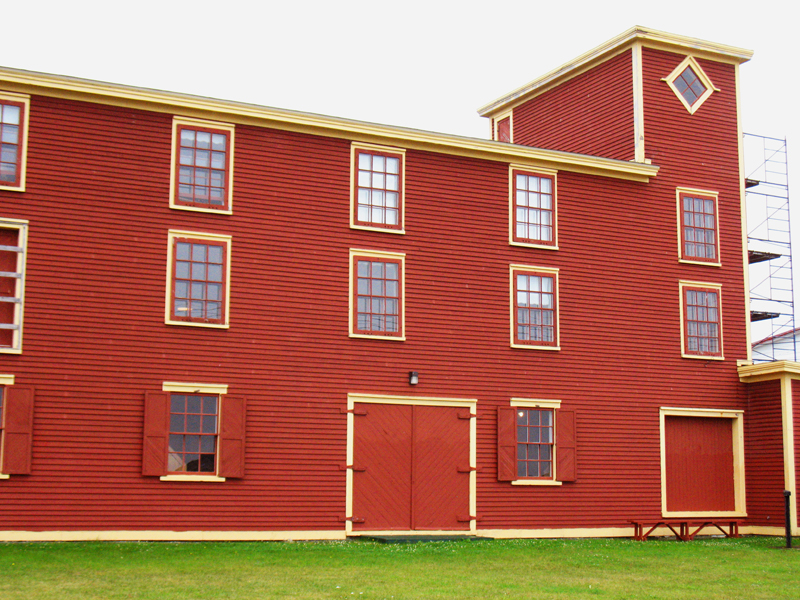
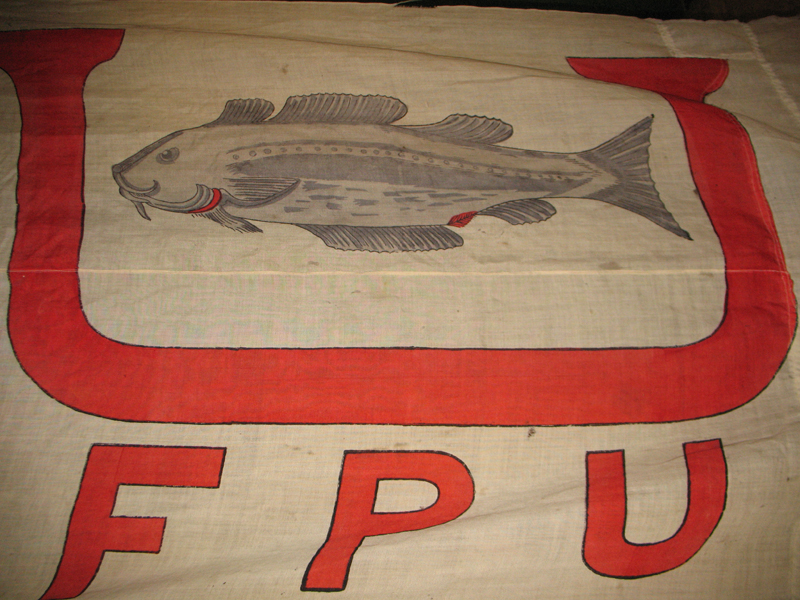
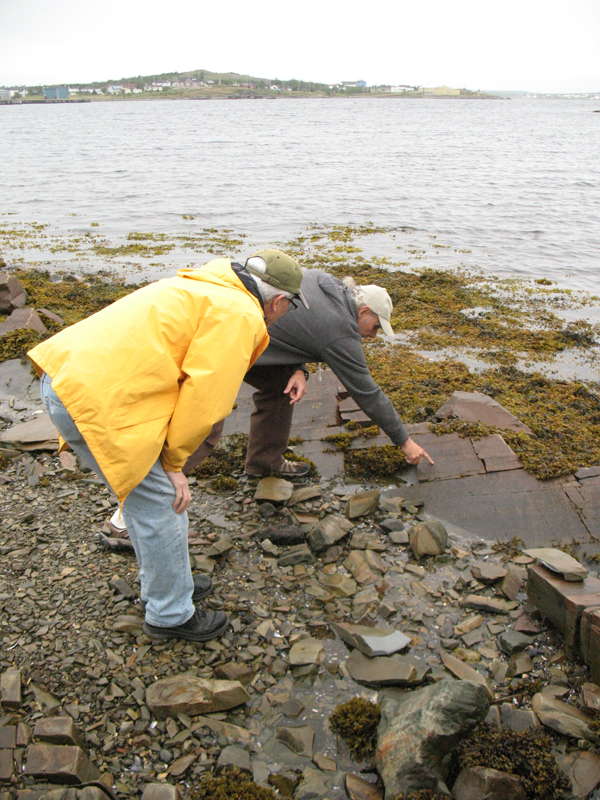


















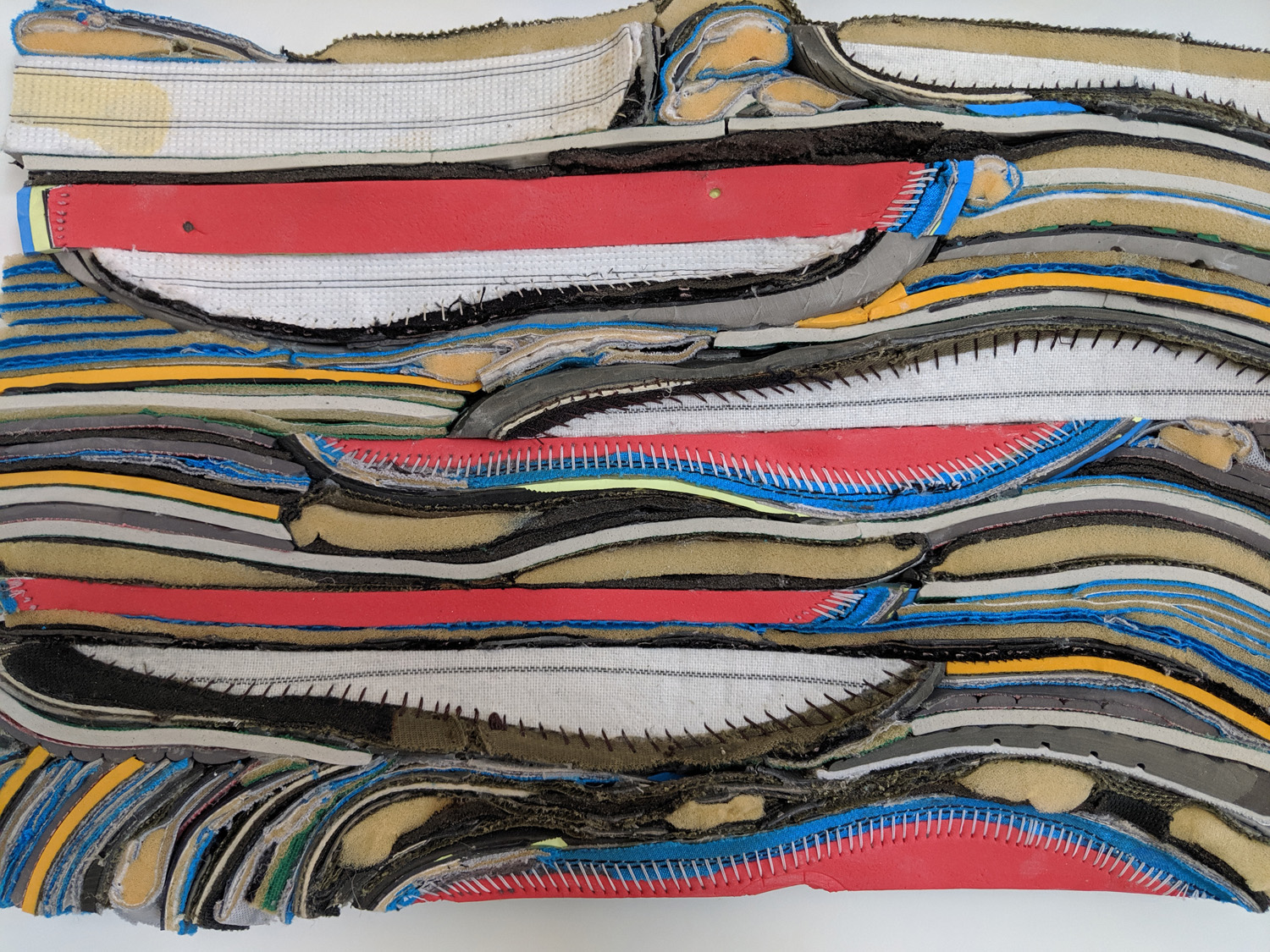








 We poured over the recipes to see if there was something new we could try. There was no shortage of options. We did NOT try:
We poured over the recipes to see if there was something new we could try. There was no shortage of options. We did NOT try:
 And we were oh so tempted by “Sex-in-a Pan”: (hmmm, is Dream Whip the same as Cool whip? Well, as I said, we didn’t have any.)
And we were oh so tempted by “Sex-in-a Pan”: (hmmm, is Dream Whip the same as Cool whip? Well, as I said, we didn’t have any.)









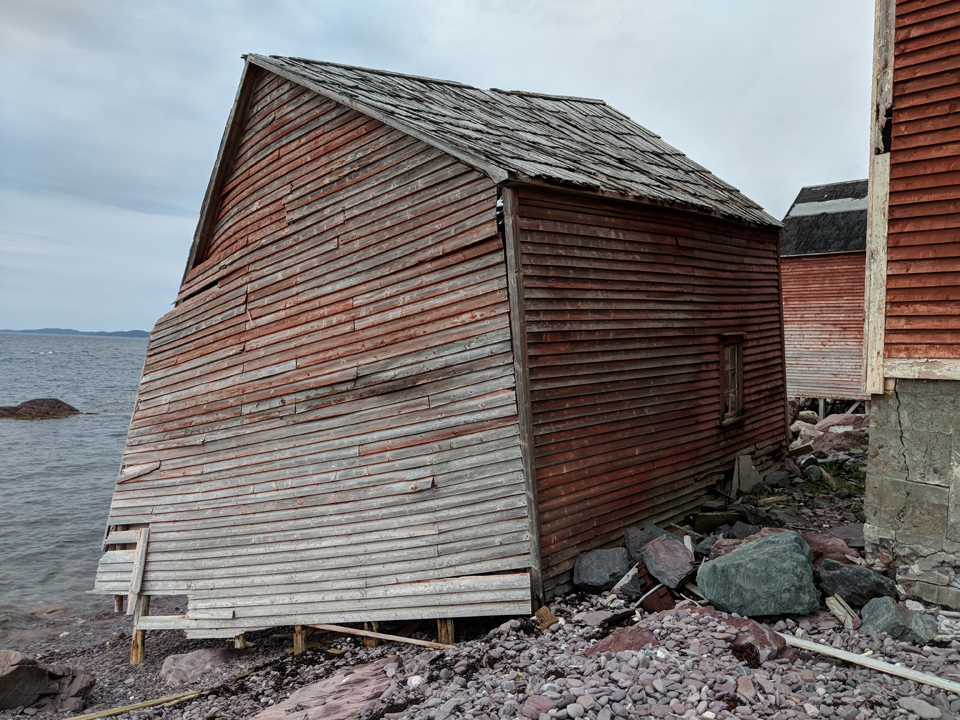













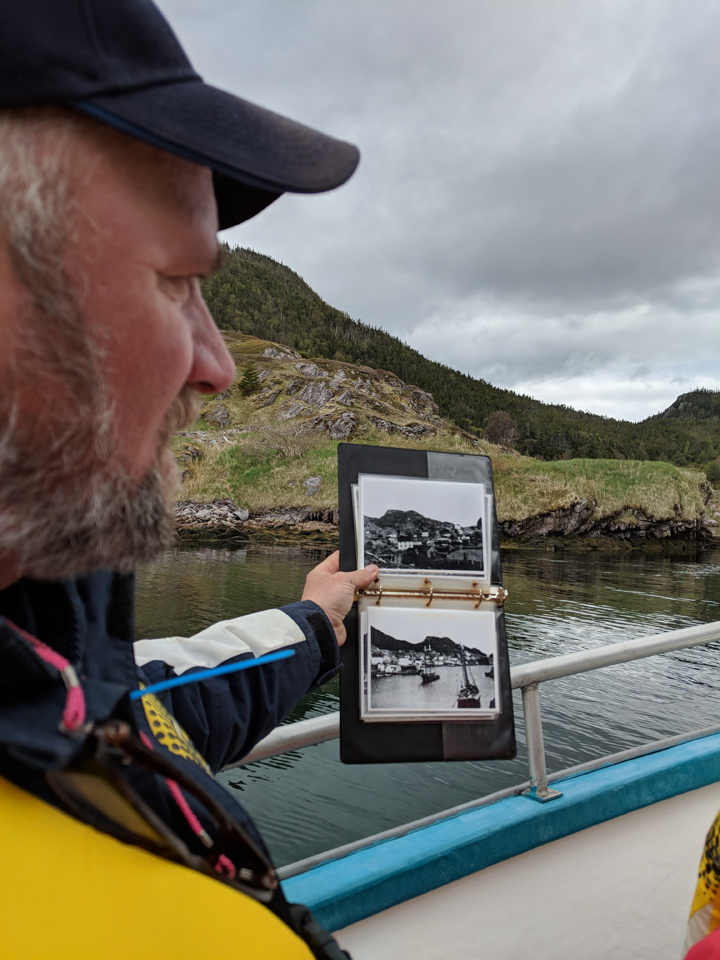
















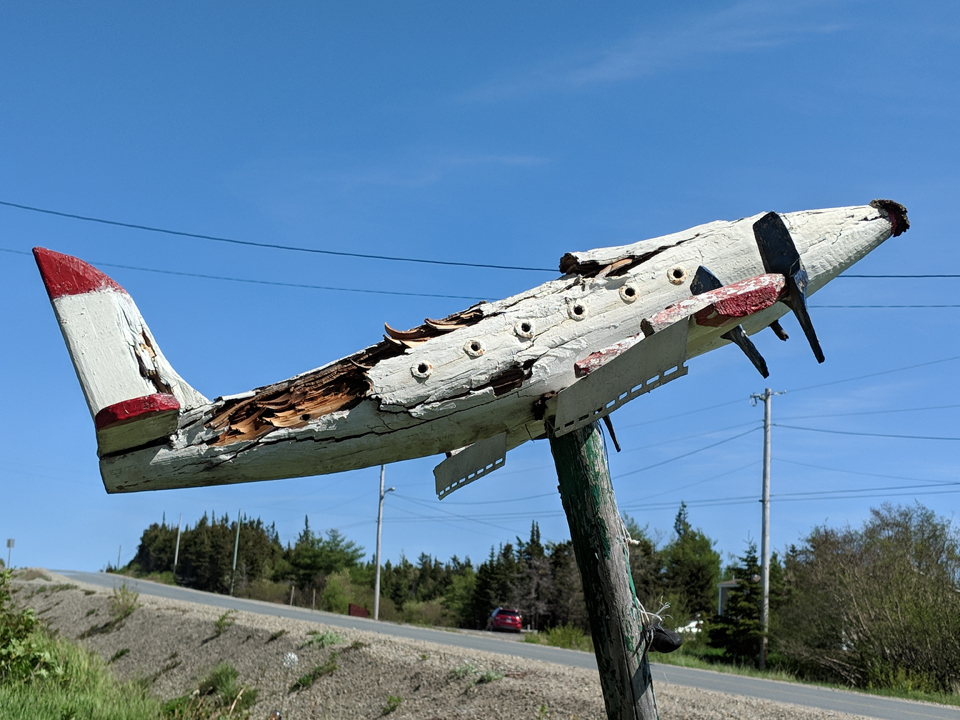



















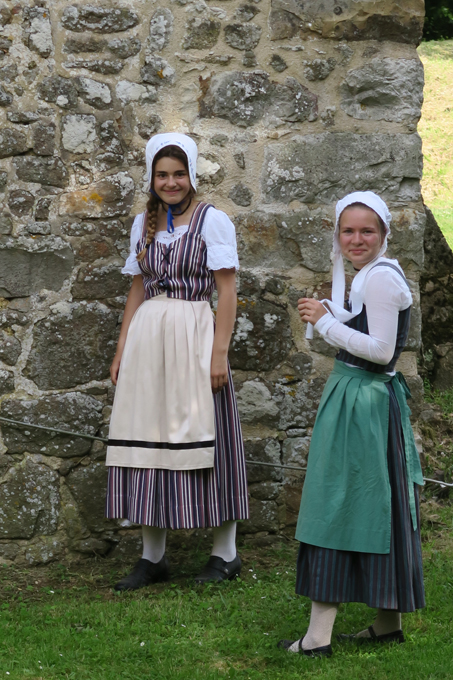
 \
\









































































